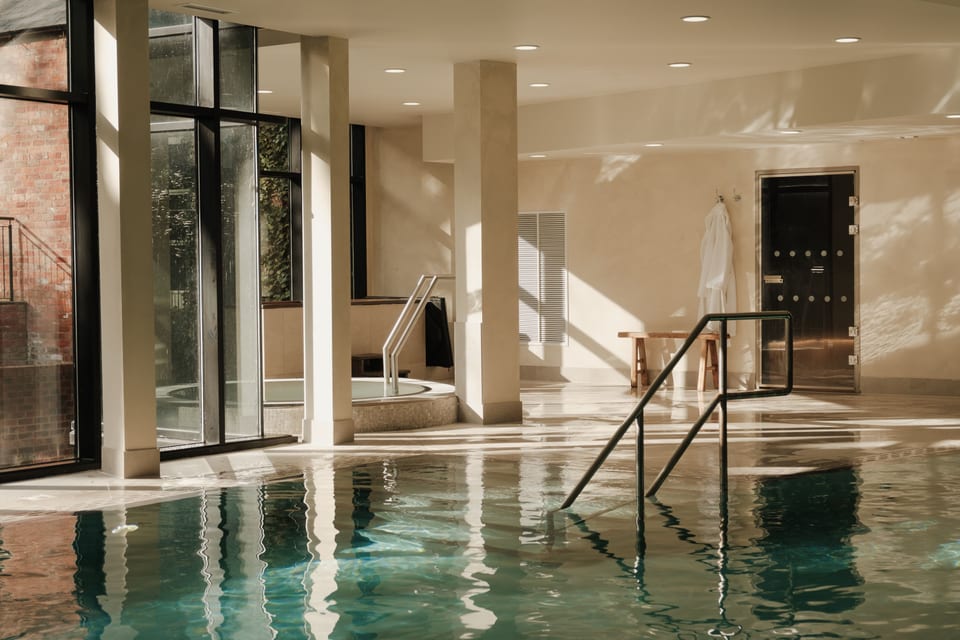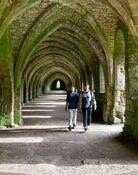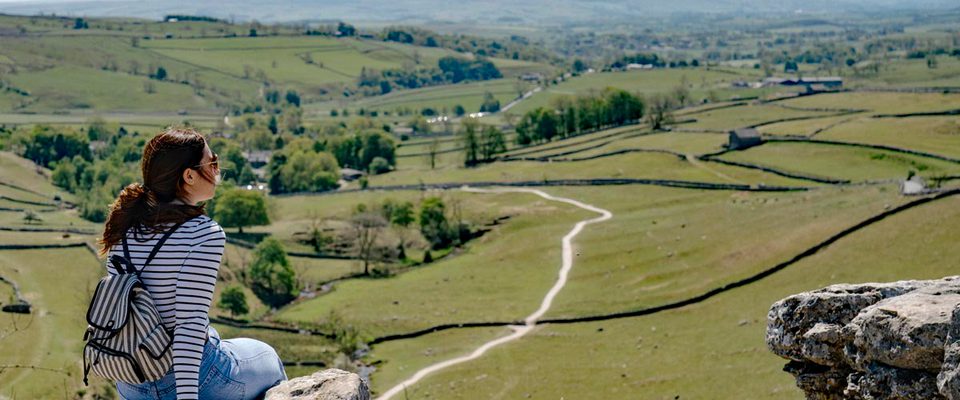Stories & Inspiration

2026 events to fill your calendar
The 2026 North Yorkshire events calendar is…

Find Luxury Retreats in North Yorkshire
It’s time to escape the everyday routine and step…

Discover North Yorkshire’s Unique Christmas…
Step into a festive wonderland where tradition…

North Yorkshire’s Christmas Movie Magic
Step into a Christmas classic: discover North…
Latest Stories & Inspiration

Come on in: Dog-Friendly
When planning your next short break or holiday, don’t forget your four-legged best friend. North Yorkshire is one of the most dog-friendly locations in England with scenic landscapes, historic towns and coastal gems.

North Yorkshire’s Christmas Movie Magic
Step into a Christmas classic: discover North Yorkshire’s cosy cottages, twinkling lights & festive magic.

Embrace the Twixmas vibes
All the presents may have been opened and Father Christmas has been and gone, however there is still lots to do in North Yorkshire between Christmas and New Year to keep everyone entertained.
The Harrogate Christmas Fayre Returns
The Harrogate Christmas Fayre returns from Friday 5 to Sunday 14 December. Enjoy this festive market with wooden chalets selling festive gifts, decorations and food. Ride the Candy Cane Express and visit the Little Bird Market. in the Valley Gardens.
Visit North Yorkshire TV
Search all Stories & Inspiration
The 2026 North Yorkshire events calendar is…
When planning your next short break or holiday,…
Step into a Christmas classic: discover North…
All the presents may have been opened and Father…
The Harrogate Christmas Fayre Returns
The Harrogate Christmas Fayre returns from Friday…
Discover a calendar of festive shows, pantos and…
Discover where to embrace the best of the season…
Step into a festive wonderland where tradition…
Find out where the best bonfire and firework…
This Halloween, explore North Yorkshire’s eerie…
North Yorkshire’s rich history makes it ripe for…
Pumpkins, ghosts & eerie encounters - your guide…
Visit some of the best dark sky discovery sites…
It’s beginning to look a lot like Christmas, and…
Find out where can see the sparkliest, twinkliest…
Find out where to head to for the best festive…
















